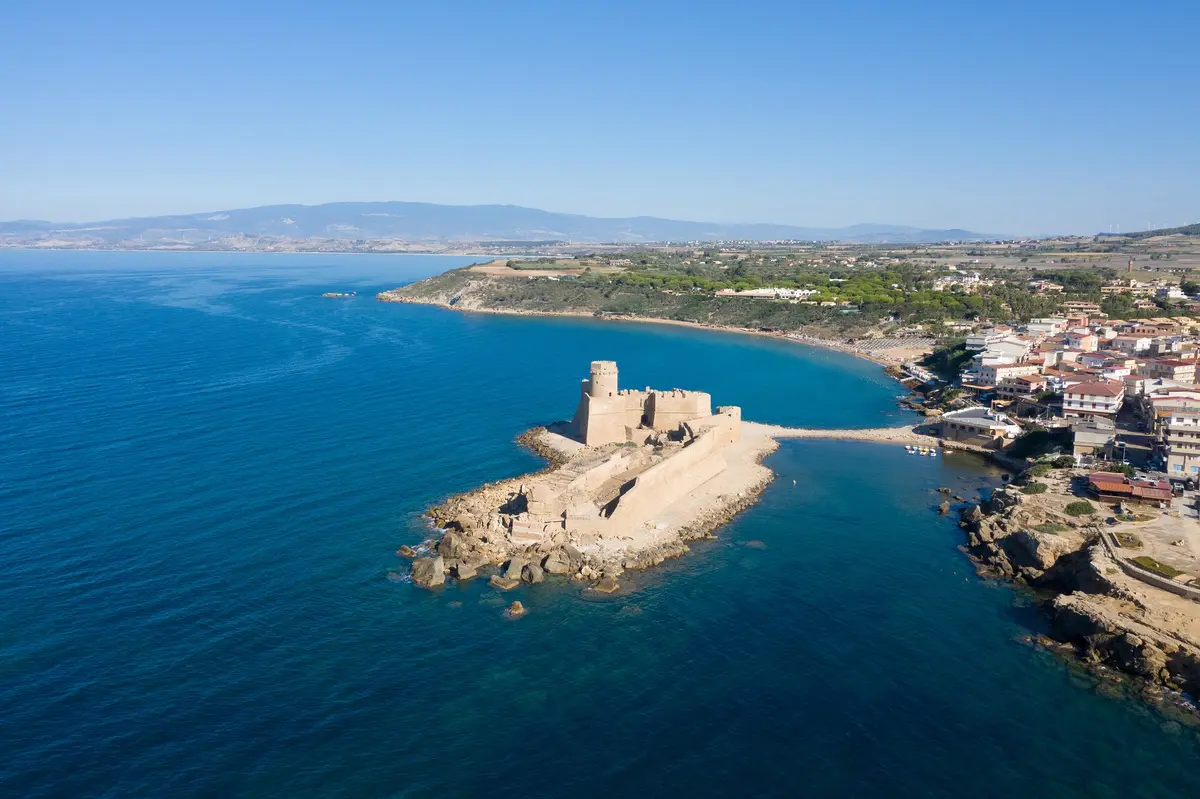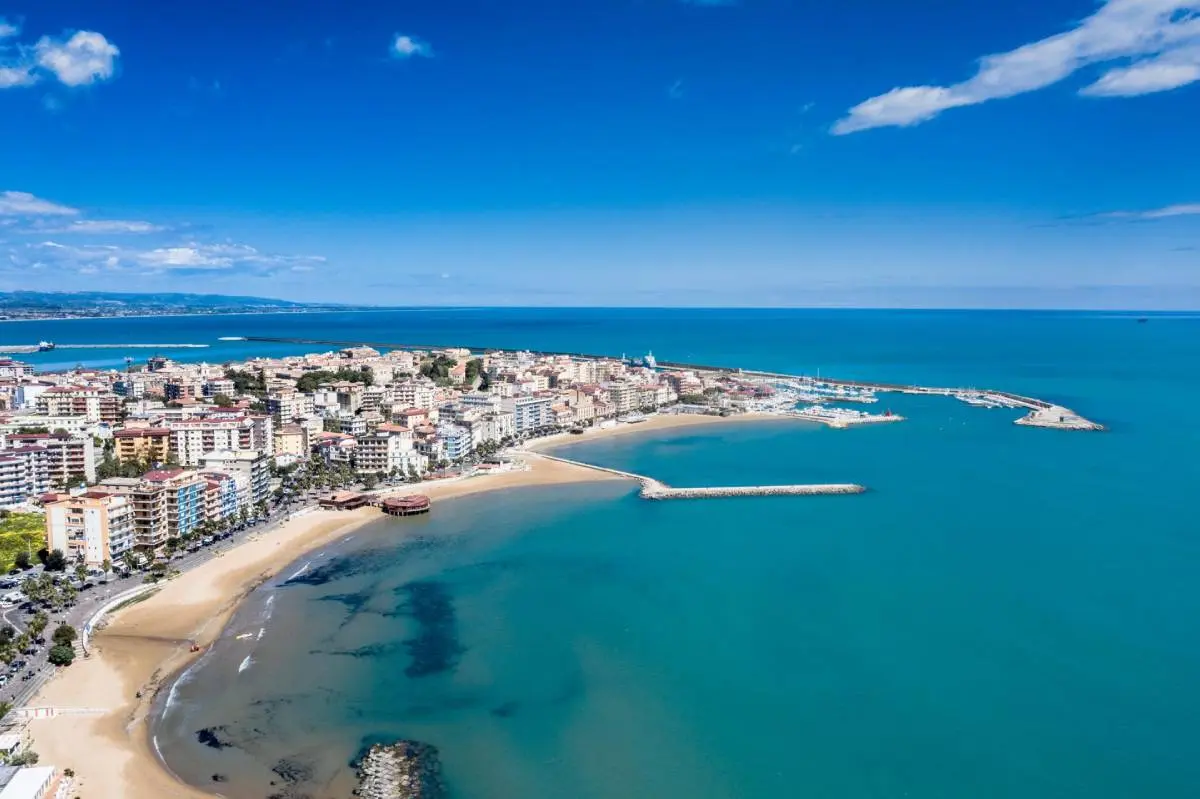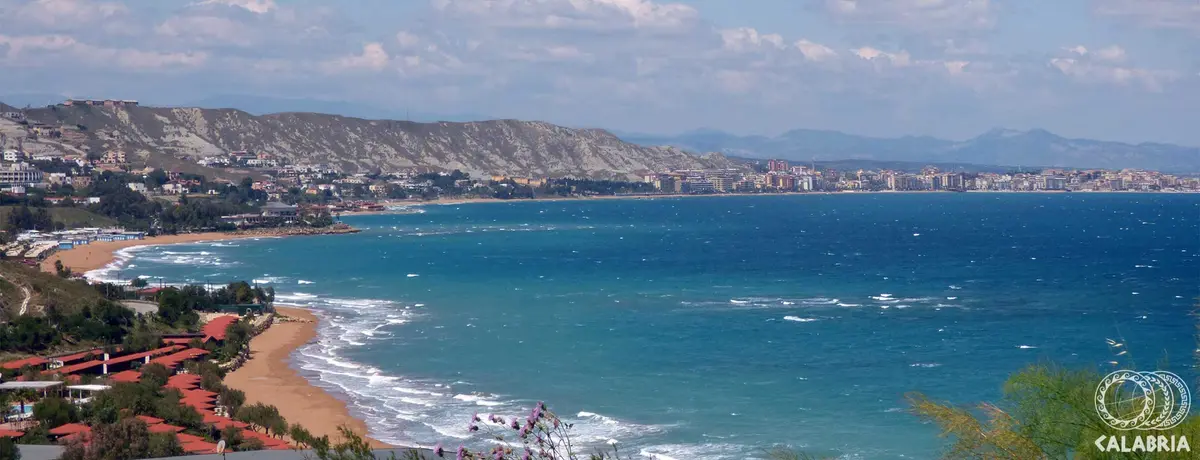Isola Capo Rizzuto
Isola Capo Rizzuto, the city of sunshine and hospitality

Reserves and marine areas
Regione Calabria
One of the most beautiful seaside resorts on the Ionian coast of Crotone? Isola Capo Rizzuto: beaches, sea, history and excellent PDO wine for an unforgettable holiday.
We are in the "Isola Capo Rizzuto" Protected Marine Area, the largest in Italy and among the largest in Europe, which laps the pink beach of Isola Capo Rizzuto, sea and natural oasis along the so-called Costa dei Saraceni.
Why is it called that? Come and find out by visiting Isola Capo Rizzuto's Le Castella, a splendid Aragonese fortress at the water's edge, unique in its kind, and listening to the story of the fearsome local pirate Occhialì, "Terror of the Seas".
Already anointed Blue Flag and Green Flag, Isola Capo Rizzuto's beaches and coves are among the clearest and best equipped for families, with seabeds rich in flora and fauna and all kinds of bathing facilities. A few examples? Capo Piccolo beach, those of Torre Nuova and Torre Vecchia; Sovereto and Le Cannella (with its distinctive cinnamon colour); Cavallucci beach and Capobianco beach.
On a small island connected to the mainland by a narrow strip of land stands the impressive Aragonese Castle known as "Le Castella", one of the photographic and film icons of Calabria, as well as one of Calabria's best-preserved and most visitable castles. Its history is intertwined with that of a famous local pirate, namely a local child, born Giovanni Dionigi Galeni, kidnapped by Saracen pirates and raised as a "renegade", to whom the bust in the adjacent square is dedicated.
Among the religious festivals not to be missed, the Feast of the Madonna Greca, celebrated in May and August, is characterised by the traditional procession at sea, with the statue of the Madonna hoisted onto a boat and surrounded by a large number of flowers on the surface of the water.
Isola Capo Rizzuto, sea, beaches, history and... gastronomic excellence! One cannot leave this location without tasting the pride of the local cuisine: risotto with wild fennel, accompanied by an excellent glass of Sant'Anna DOP wine.
No result



